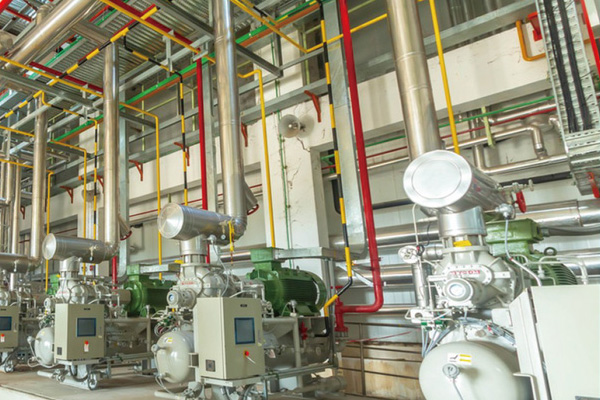What are the categories of pressure sensors and how to choose them?
Time:Nov 21, 2024 Author:Stone Read:0
Pressure sensors are devices used to measure pressure and are widely used in various fields such as industrial automation, automobiles, and medical treatment. There are many ways to classify pressure sensors, such as by measurement principle, packaging material, output signal, etc. These classification methods are introduced below.
1. Classification by measurement principle
Piezo-resistive pressure sensor
Piezo-resistive pressure sensor is a sensor that uses the piezoresistive effect of semiconductor materials to measure pressure. When pressure acts on semiconductor materials, the resistance value of semiconductor materials will change. By measuring the change in resistance value, pressure can be measured. Piezoresistive pressure sensors have the advantages of high sensitivity, high accuracy, and fast response speed, but they are also easily affected by factors such as temperature changes and signal transmission distance.
Resonant pressure sensor
Resonant pressure sensor is a sensor that uses an oscillator to measure pressure. The oscillator oscillates within a certain range. When pressure acts on the oscillator, the frequency of the oscillator changes. By measuring the change in frequency, pressure can be measured. Resonant pressure sensors have the advantages of high precision, good stability, and strong anti-interference ability, but they also have the disadvantages of high cost and large size.
Capacitive pressure sensor
Capacitive pressure sensor is a sensor that uses the capacitive effect to measure pressure. When pressure acts on the plate of the capacitor, the capacitance value of the capacitor will change. By measuring the change in capacitance value, the pressure can be measured. Capacitive pressure sensors have the advantages of high sensitivity, fast response speed, and strong anti-interference ability, but they are also easily affected by factors such as temperature changes and environmental humidity.
Steel sheet pressure sensor
Steel plate pressure sensor is a sensor that uses the deformation of steel plate material to measure pressure. When pressure acts on the steel plate, the steel plate will deform, and the pressure can be measured by measuring the deformation. The steel plate pressure sensor has the advantages of simple structure, low cost, and high reliability, but it also has the disadvantages of low precision and low sensitivity.

2. Classification by packaging materials
Plastic-sealed pressure sensor
Plastic-sealed pressure sensor is a sensor that uses plastic materials to encapsulate the sensor. This type of sensor has the advantages of low cost, small size and light weight, but also has the disadvantages of poor stability and high temperature resistance. It is suitable for some occasions with low requirements for accuracy.
Ceramic-sealed pressure sensor
Ceramic-sealed pressure sensor is a sensor that uses ceramic materials to encapsulate the sensor. This type of sensor has the advantages of good stability, high temperature resistance and corrosion resistance, but also has the disadvantages of high cost and large size. It is suitable for some occasions with relatively high requirements for stability.
Metal package pressure sensor
Metal package pressure sensor is a sensor that uses metal materials to package the sensor. This sensor has the advantages of high strength, good stability, and strong anti-interference ability, but it also has the disadvantages of high cost and large size. It is suitable for some occasions with high requirements for strength and stability, such as industrial automation.
3. Classification by output signal
Digital signal output pressure sensor
Digital signal output pressure sensor is a pressure sensor that can output digital signals. This sensor has the advantages of high precision, high stability, and strong anti-interference ability. It is suitable for occasions with high signal quality requirements, such as automotive electronics and other fields. At the same time, the output is also a digital signal, which is conducive to long-distance transmission and is not easily interfered with. It is more suitable for some application scenarios that need to transmit signals to the remote end for processing and control.
Analog signal output pressure sensor module
Analog signal output pressure sensor is a pressure sensor that can output analog signals. This sensor has the advantages of low price and wide application. It is suitable for some occasions with low signal quality requirements, such as some simple control systems. At the same time, analog signal output is not conducive to long-term use, and long-distance transmission is susceptible to interference. For some application scenarios that require signal transmission to a remote end for processing and control, additional anti-interference measures need to be taken to ensure signal stability.
In summary, choosing a suitable pressure sensor requires considering many factors such as measurement range, accuracy, stability, durability, installation, etc. For different application scenarios, it is necessary to choose according to actual needs to ensure the stability and reliability of system operation.
Previous:Five types of pressure sensors Next:What is a sensor?
